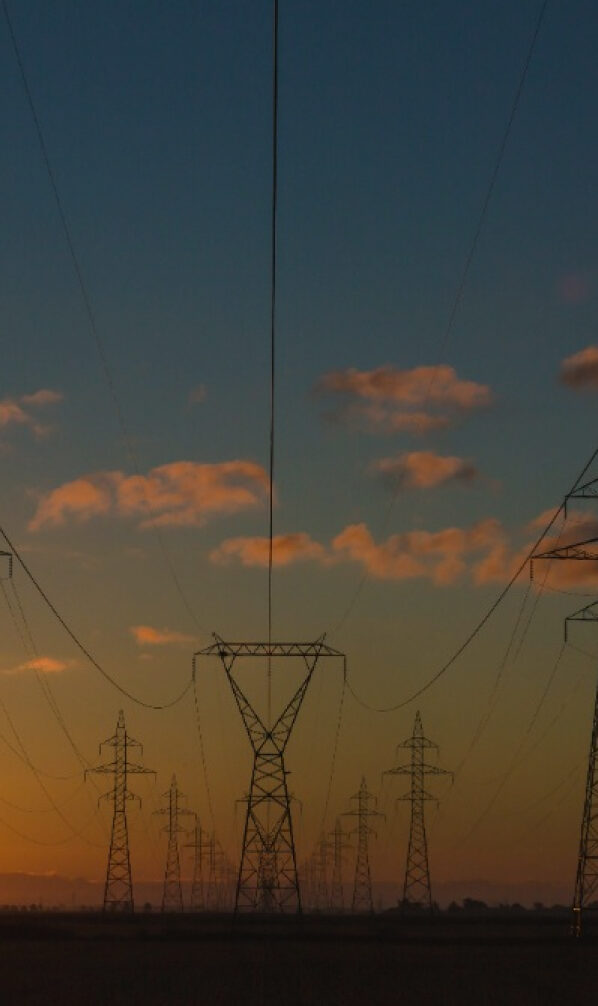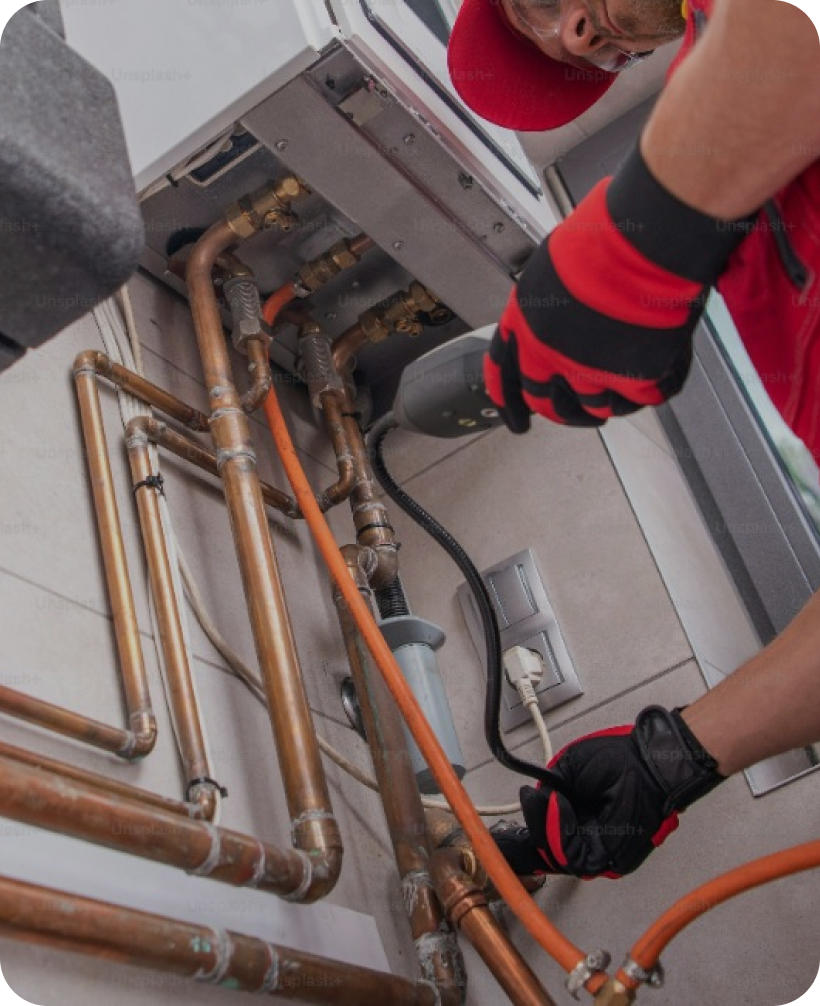- 80+
- 80+ countries have mandatory or voluntary building efficiency codes in place (~30% increase since 2015).
Emissions
Global greenhouse gas emissions – share of total (2019).
Background
To decrease emissions, new and existing buildings will need to be more energy efficient and have a higher share of their energy come from electricity.
- Energy
- efficiency will require adjustment.
Space heating is the most energy intense residential activity, followed by appliances and water heating.
- Heating
- spaces is the most energy intense.
Emissions can be reduced through replacement with new technology and monitoring to improve efficiency.
- New tech
- can reduce emissions.
Source: Climate Watch; Our Word in Data; IEA; Lit. scan
Current State
Building codes vary in coverage (i.e., single family, multifamily, commercial, etc.), stringency, and level of enforcement.
Broad uptake has been challenging due to lack of incentives to adopt new technology and high upfront costs to consumers.
Solution Details
 Back to the solutions
Back to the solutions

